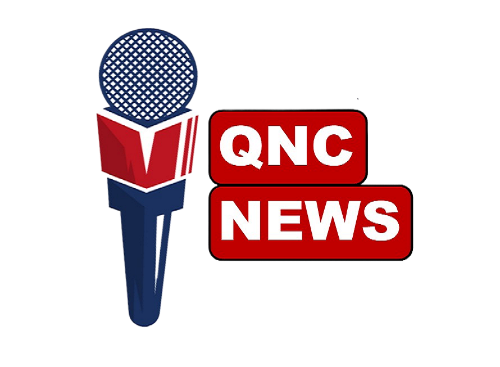Chinese President Xi Jinping led a significant military parade in Beijing’s Tiananmen Square, marking the 80th anniversary of Japan’s defeat in World War II. This event showcased China’s advanced military technology, featuring hypersonic missiles, underwater drones, and a new intercontinental ballistic missile, alongside fighter jets and a cyberspace division. Over 50,000 spectators witnessed this display of military strength, emphasizing China’s expanding global influence.
Xi Jinping’s speech, accompanied by Russian President Vladimir Putin and North Korean leader Kim Jong Un, focused on a choice between “peace or war” and reaffirmed China’s commitment to peaceful development against “hegemonism and power politics.” The presence of these leaders illustrated China’s strategic alliances and its efforts to bolster ties with countries opposing Western dominance.
However, the parade was notably boycotted by Western leaders, reflecting persistent geopolitical tensions. U.S. President Donald Trump criticized the event, suggesting conspiracies against the U.S. and calling for recognition of America’s role in China’s development. This absence of Western representation highlighted China’s shift toward an alternative global order and its rising assertiveness.
The parade not only served to display China’s military modernization but also acted as a unifying national event. The participation of international leaders from nations with strained relations with the West signaled a transformation in global alliances, positioning China as a counterbalance to U.S. influence.
The military parade was a crucial demonstration of China’s military capabilities, solidifying its strategic partnerships and signaling a new vision for international relations. It reflected China’s growing confidence amid complex global dynamics, especially in light of the policies under the Trump administration.












Leave a comment